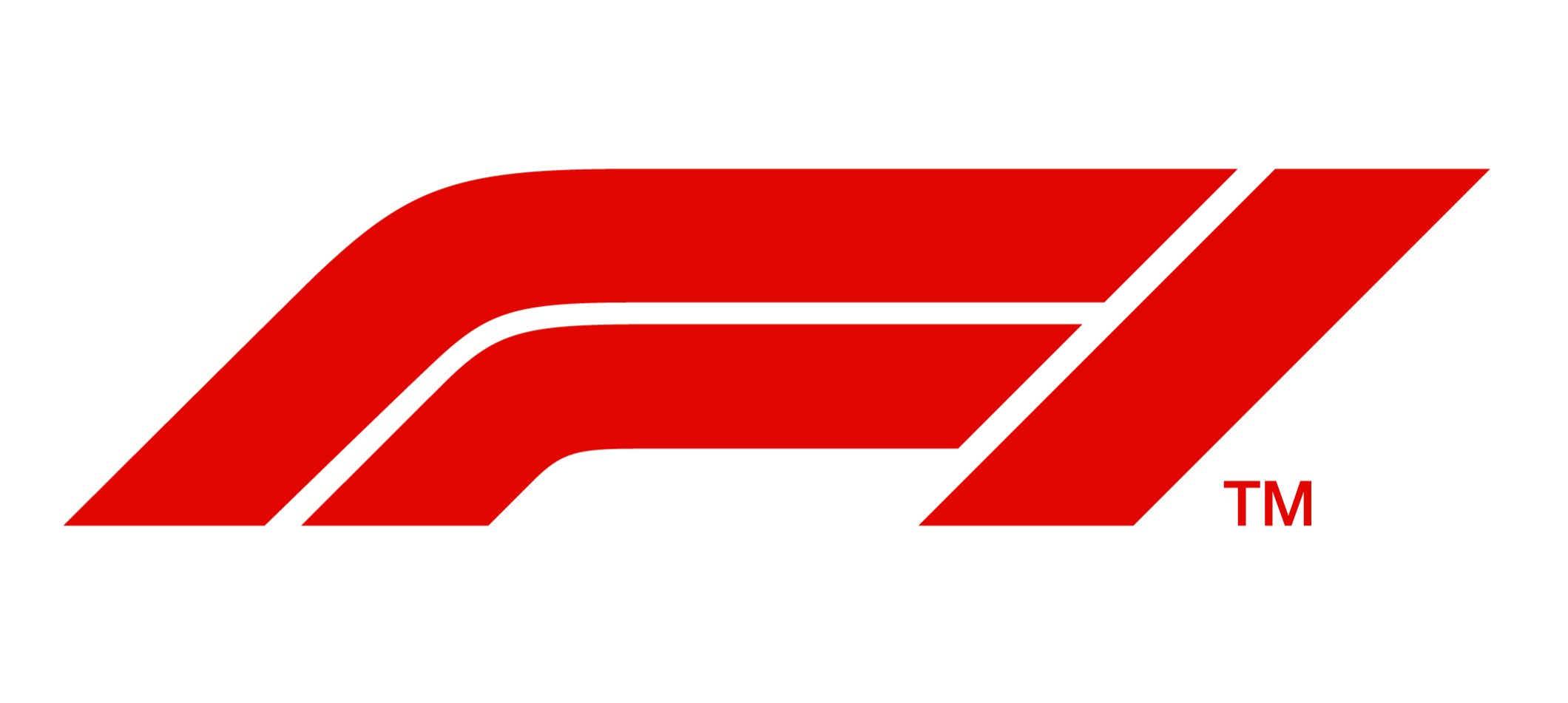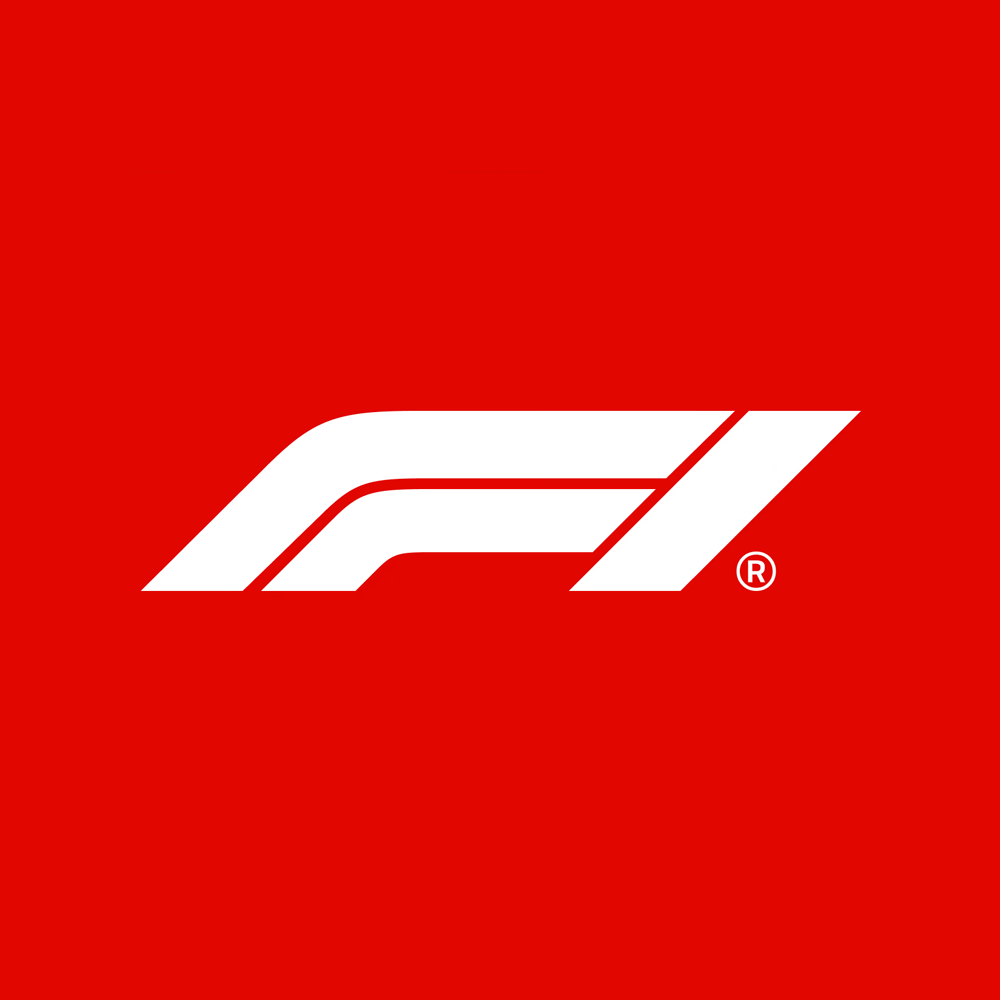Spyro
- 8 Posts
- 49 Comments

 5·1 year ago
5·1 year agoFormer Alfa Romeo technical director and Ferrari engineering boss Philippe Krief, who joined Alpine in early March, has been appointed as Rossi’s successor.
He will continue in his role as vice president of engineering and product performance until further notice and report to Renault Group CEO Luca de Meo.
Rossi “will now focus on special projects linked to the transformation of the Group”.
De Meo said: "I would like to thank Laurent for his unwavering commitment over the last two years at the helm of Alpine.
"Laurent has set out a clear and ambitious strategy for the brand. He has put Alpine in the best possible position to achieve its long-term goals.
“Alpine is now ready to enter a new phase of its development and to become a brand of the future. take Alpine to new heights.”
This change at the top arrives hot on the heels of Alpine restructuring its racing senior management set-up, with F1 engine chief Bruno Famin promoted to vice president of Alpine Motorsports.
He was to report directly to Rossi, with Szafnauer in turn going to Famin.
Rossi was appointed to the top job at sportscar firm Alpine in January 2021. His remit also covered the overall management of the F1 team.
He replaced Cyril Abiteboul, who was at the helm from 2014 as Renault poorly adapted to the 1.6-litre turbo hybrid rules and faced heavy criticism from engine customer Red Bull.
As the F1 team was rebranded from Renault to Alpine for 2021, Rossi outlined an ambitious 100-race plan to grow the team into a regular podium contender come the 2024 season.
While Esteban Ocon scored an unlikely victory in the 2021 Hungarian Grand Prix, the team has only logged one further top-three result since. Ocon finished third in the 2023 Monaco GP.
Last year, Alpine was praised for out-developing McLaren to finish fourth in the constructors’ championship and set out to close the gap to Ferrari, Mercedes and Red Bull this season.
However, amid a poor start to the campaign - exacerbated by unreliability and penalties - Alpine has fallen to sixth behind McLaren and Aston Martin ahead of the Hungarian GP this weekend.
This difficult start to the term prompted Rossi to arrange an interview with French TV network Canal+ ahead of the Miami GP in May. He used the platform to blast his team as “amateurish”.
Given the heightened scrutiny, many believed team principal Otmar Szafnauer to be under heightened pressure to keep his job.
This also followed Alpine’s handling of the 2022 driver market when it lost two-time champion Fernando Alonso to Aston Martin and protege Oscar Piastri to McLaren.
This is probably the only reason I still visit reddit.
Miss the days when Peter was still around
4 is a no brainer and 7 would be cool.

 2·1 year ago
2·1 year agoDon’t think I’m even close

 2·1 year ago
2·1 year agoProbably Terraria

 9·1 year ago
9·1 year agoLatifistreams Overtakefans Sportsurge

 3·1 year ago
3·1 year agopixelfed.org might be what you’re looking for.

 3·1 year ago
3·1 year agoFeel like for incidents where one or both parties end up being out of the race because of it, any penalties applied should be a grid drop for the next race. In race penalties seem meaningless when the aggrieved can’t benefit from it.

 14·1 year ago
14·1 year ago5 seconds is such a nothing penalty, which makes it more annoying.
“No Charles, this is so not right”

 1·1 year ago
1·1 year agoLewis looks like a cardboard cutout
I think it’s far down on their list of things to do unfortunately.
There’s also slide, but it’s very bare bones at the moment. Think you can only really log in and view posts and comments. A lot of copy over from the reddit app which hasn’t been updated yet.

 2·1 year ago
2·1 year agoI’d like to mention ImgurViewer, can handle quite a lot of image/video links. Particularly useful at the moment with all these new lemmy apps not having the best handle over links.

 21·1 year ago
21·1 year agoAs part of the championship’s push to be net carbon zero by 2030, F1’s chiefs have been looking at areas where more sustainable solutions can be introduced.
One idea, which is now being rolled out at the Red Bull Ring this weekend, is a central power generation farm that it is hoped can cut emissions by around 90%.
The farm, which will be located at the inside of the final corner, will deliver power to the paddock, garages and pitlane – including the pit wall, timing rooms and the main broadcast centre.
It is to be powered by sustainable sources, including hydrotreated vegetable oil (HVO) biofuel and 600 square metres of solar panels.
F1’s logistics director Ian Stone said: “We’re going to be powering everybody from a single sustainable power station.
“The aim here is to basically stop the teams being dependent on generators. They all bring their own equipment, and they all fuel their own generators because the local infrastructure doesn’t support them on demand.
“So we’ve physically put this generator farm in place, and will run a very complex power distribution network to all of the key points so that the teams can plug in - whether it be for their trucks or their motorhomes.”
A scenic view of the Red Bull Ring, a spectator bankA scenic view of the Red Bull Ring, a spectator bank
Photo by: Mark Sutton / Motorsport Images
Calculations of the carbon emissions savings that can be made from the farm are quite dramatic, according to Stone.
“Our estimation is that in 2022, there were around 200 tonnes of CO2 produced [at the Austrian Grand Prix],” he explained. “We’re looking at, subject to receiving that data, to reduce that to around 10 tonnes of CO2.”
The use of the power station in Austria is a one-off for now, but F1 wants to analyse its impact and the data from the weekend to see if it can be rolled out at future events.
Ellen Jones, Head of ESG (Environmental, Social and Governance) at F1, added: “Formula 1’s approach to driving innovation that creates meaningful impact and influence on the wider world goes beyond hybrid engines and sustainable fuels.
“This approach drives everything we do, including how we run our own operations, and the trial in Austria is the latest example of this, demonstrating the commitment from Formula 1 and key stakeholders to develop new ways of working.
“Using the latest technology and innovations, we’re continuing to explore new opportunities to deliver events in a more sustainable way to reduce our carbon footprint.”

 3·1 year ago
3·1 year ago

 3·1 year ago
3·1 year agoGoes a long way to explain how Paddy/Claire didn’t know the car would be ready on time until it was too late, a few years back.





The introduction of the current ruleset in 2022 brought a seemingly prescriptive approach to developing the rear wing, with the prevailing design trend creating a curved merging of the upper element and mainplane into the rear wing endplate.
This was introduced to reduce the turbulence produced by the rear wing; fewer exposed edges offered less opportunity to produce tip vortices, which the aerodynamicists could build into the car’s wake to enhance downforce generation. A larger low-pressure area behind the car, produced by the melding of the wing vortices and the diffuser exit, helped to boost the acceleration of the underbody flow and produced more downforce.
2022’s rules governing the rear wing design attempted to put a stop to this but has failed to dampen the creativity of the engineers looking to extract more performance from the wing.
AlphaTauri’s new wing seems to be the most extreme arrangement seen so far, and the upper flap has been almost detached entirely from the endplate to expose the wing tips. The attachment points to the mainplane have been moved slightly inboard to retain that tip exposure, which will generate vortices as the high-pressure air on top tries to roll to the lower-pressure zone underneath.
This will allow it to extract more downforce from the overall rear wing assembly and attempt to link that to the efficacy of the beam wing and diffuser. The Hungaroring’s reputation as a Monaco-adjacent circuit with regards to downforce emphasises the importance of the upgrade.
The rest of the field has experimented with the attachment points with some attempting to expose as much of the wing tips as possible, in their own bids to chase extra performance.
Aston Martin’s rear wing is arguably the most similar to the AlphaTauri design, although the front corner of the top flap does not remain exposed as it merges into the rest of the wing body.
Alfa Romeo’s rear wing features a small attachment point bolstered by a metallic insert, but the wing tip has been extruded down to develop a slightly more exposed tip to generate a similar effect.
The FIA regulations governing the rear wing states that “once the Rear Wing Endplate Body and Rear Wing Tip are fully defined, they must be joined to create one unified volume with no remaining overlapping surfaces.”
In its pre-race technical notes, AlphaTauri stated that “the rear wing tip changes give an efficient increase in loading of the wing elements.”
The car also features other additions, including a slightly raised nose and a new front wing, while the floor has also been redefined underneath the car in a bid to imbue the AT04 with more downforce.